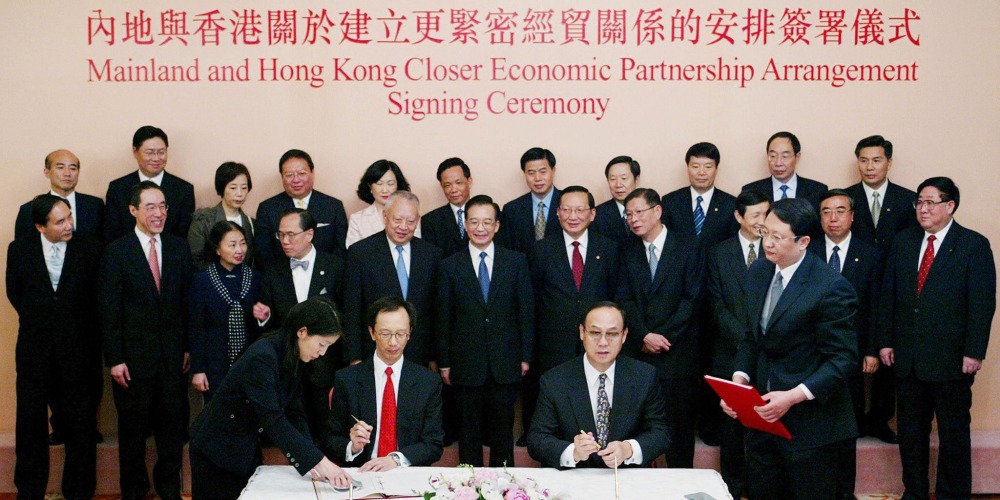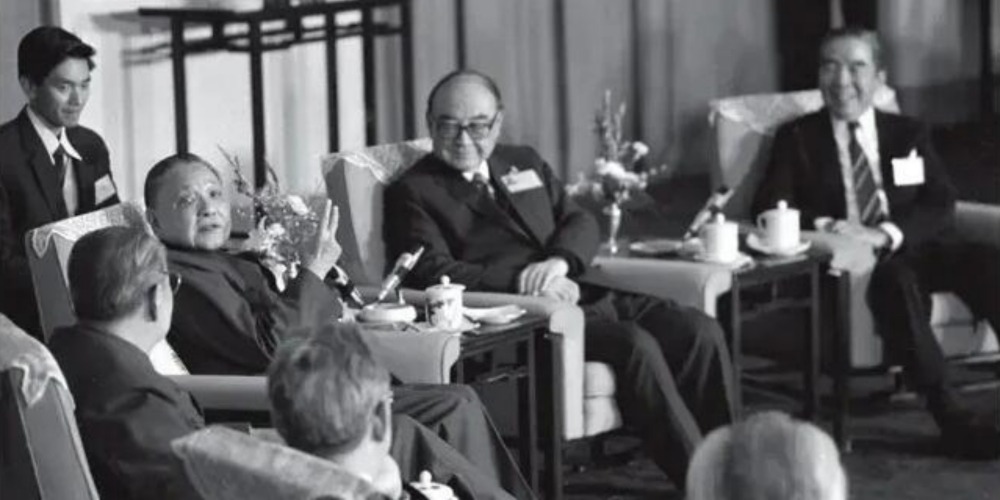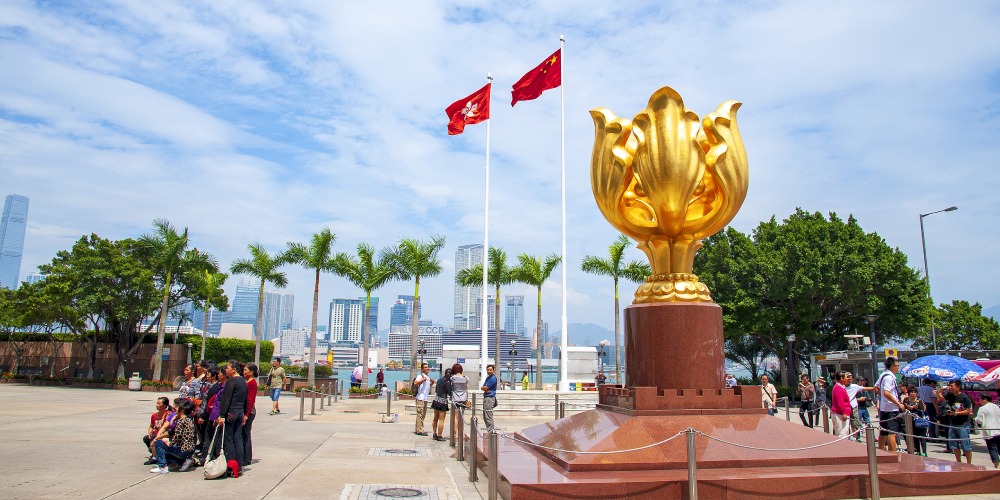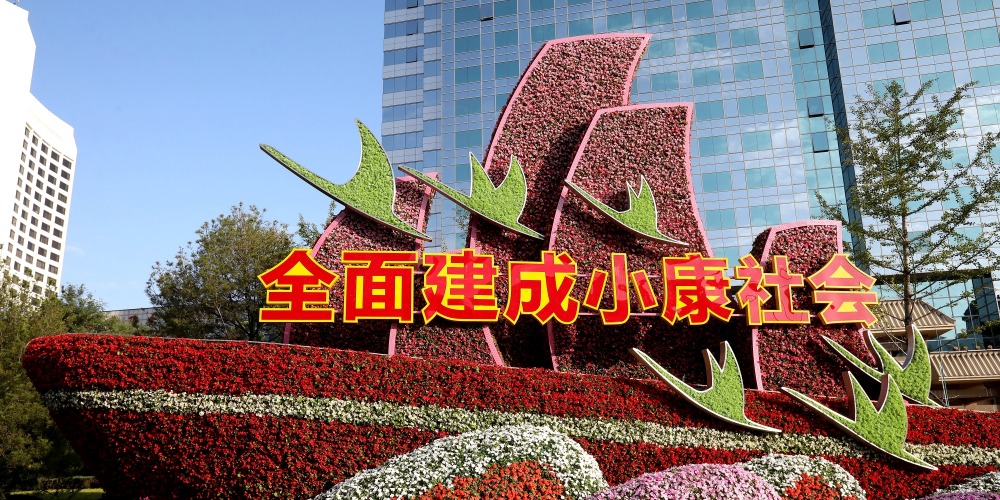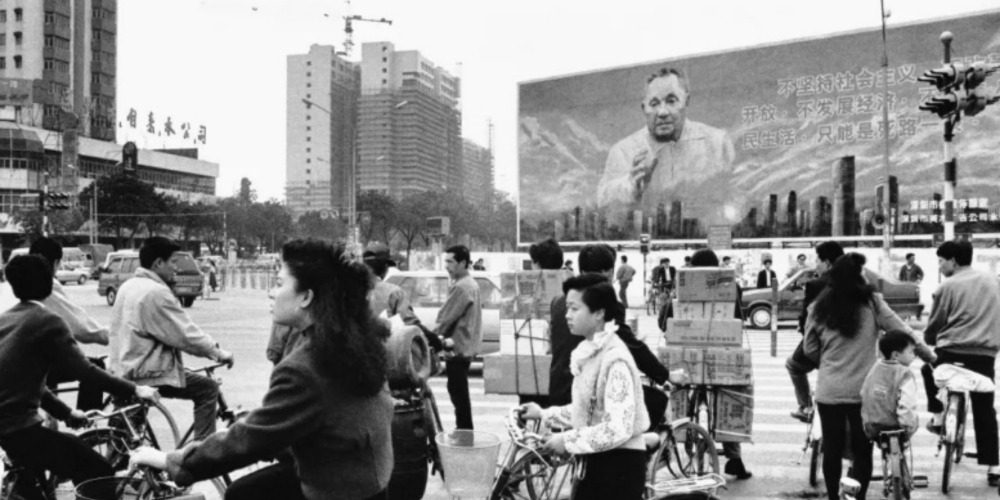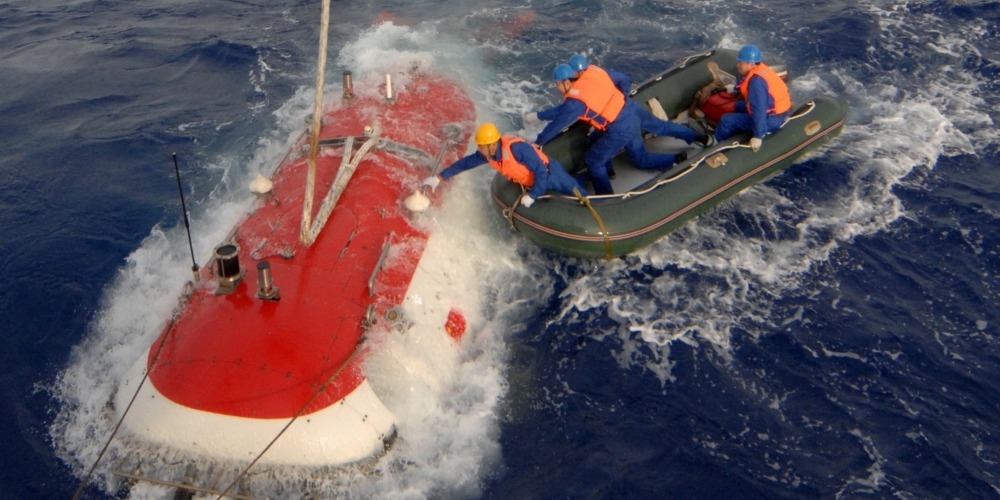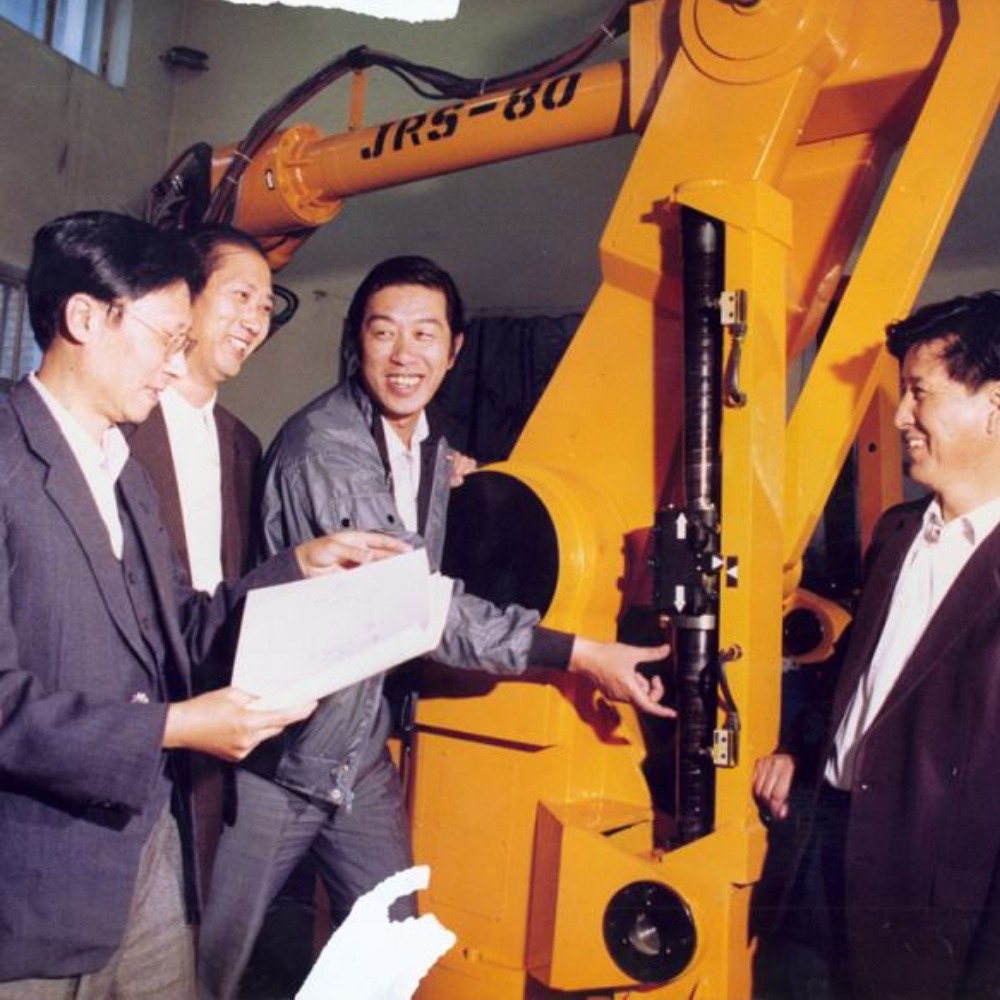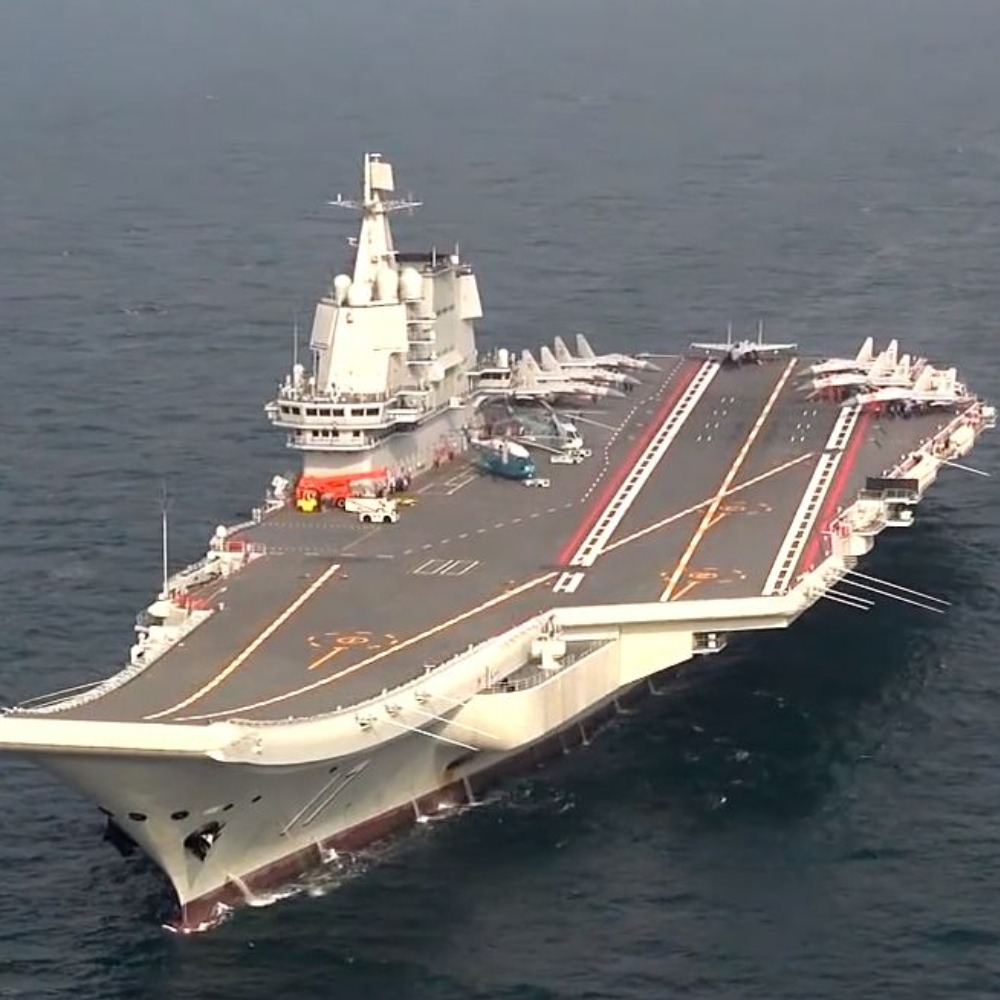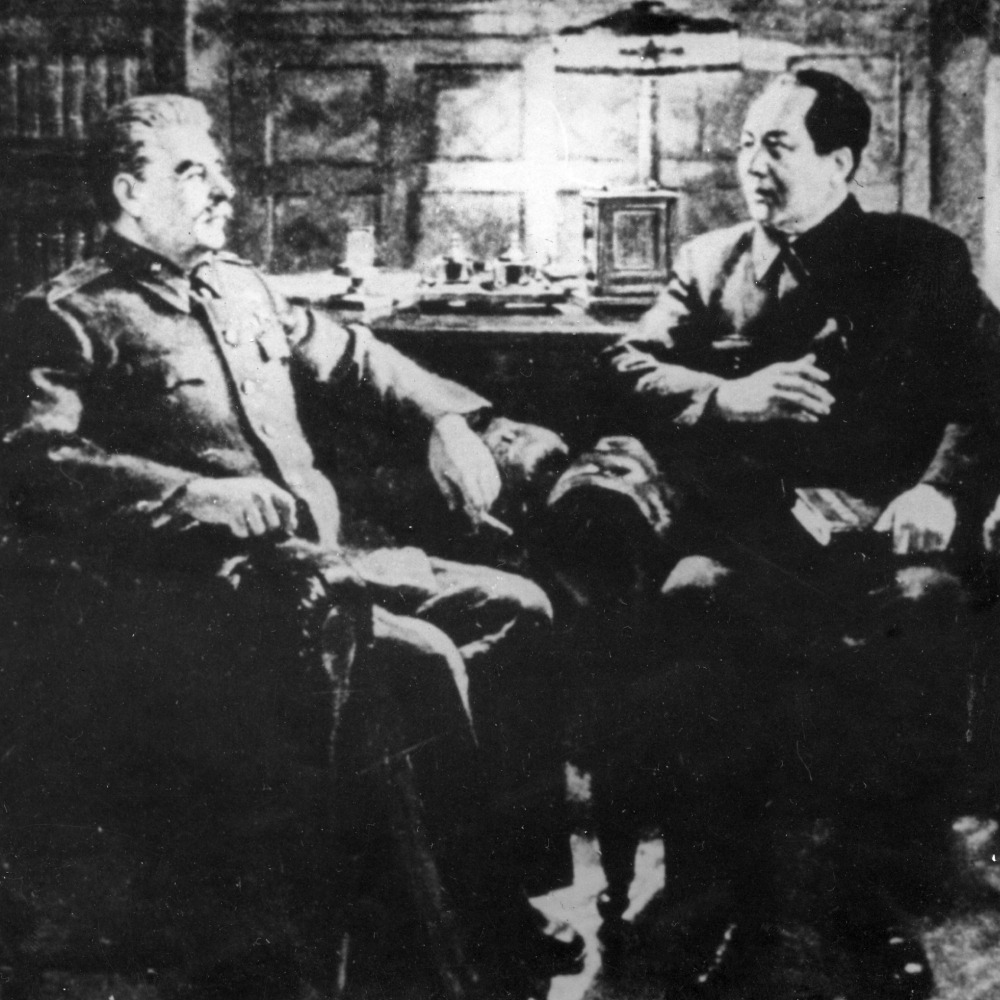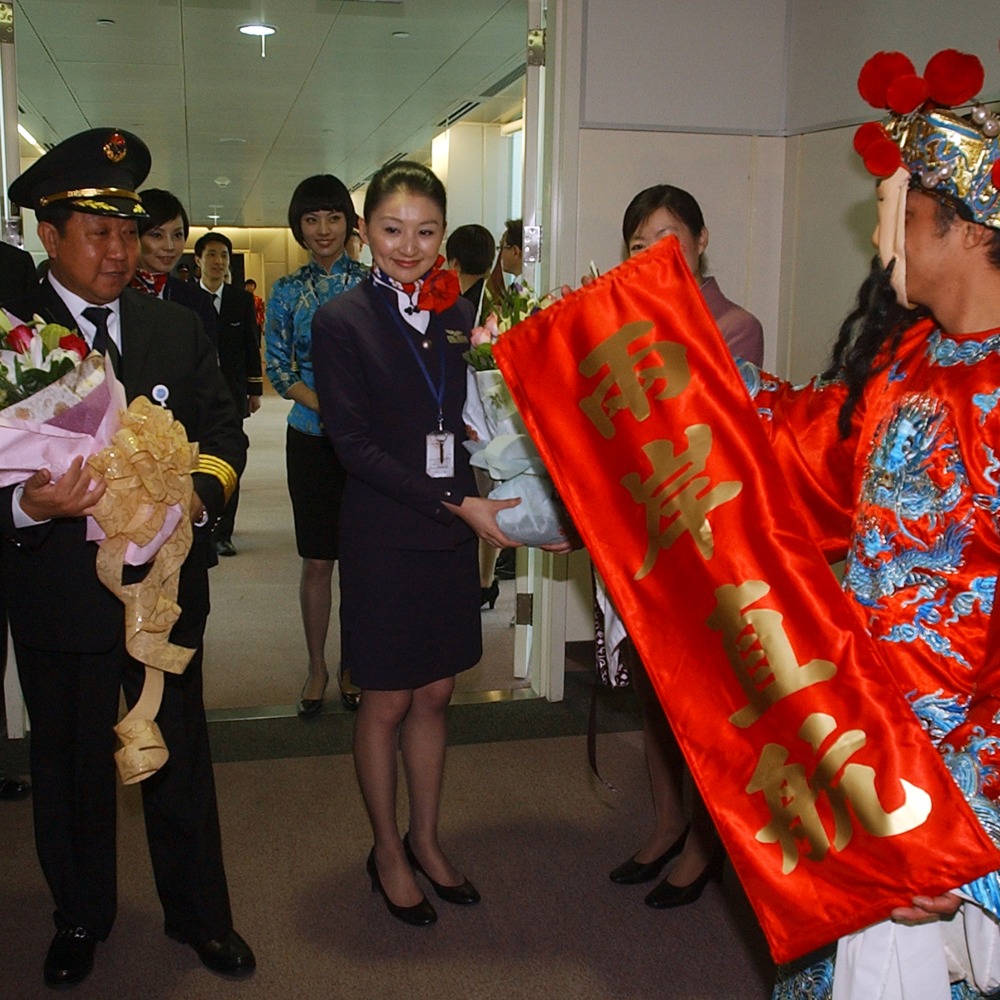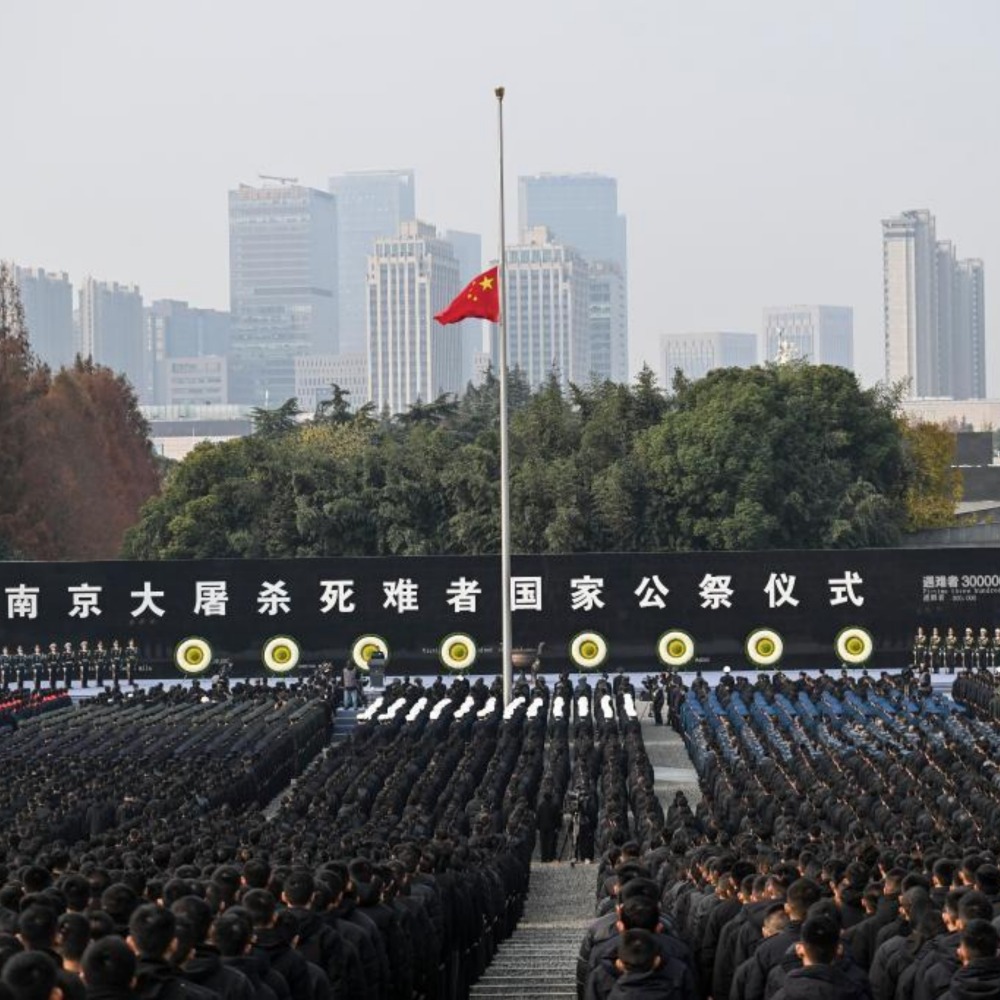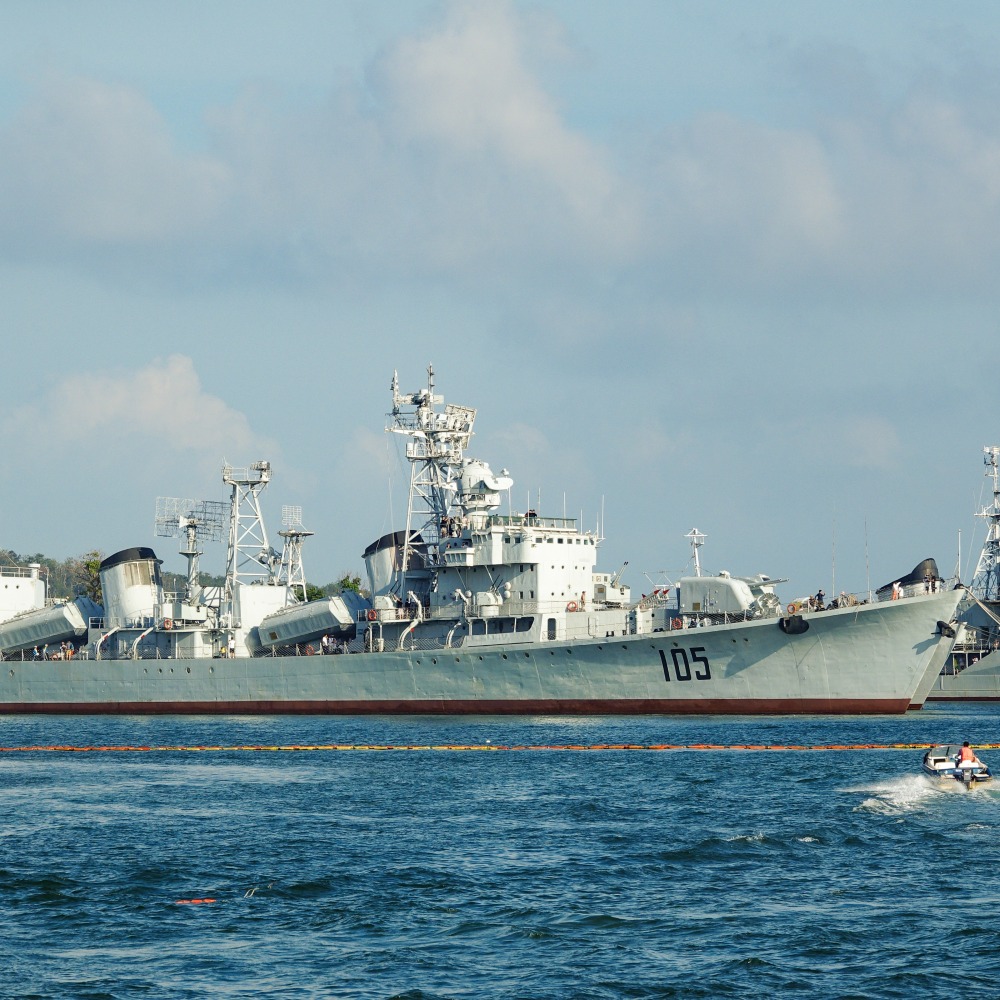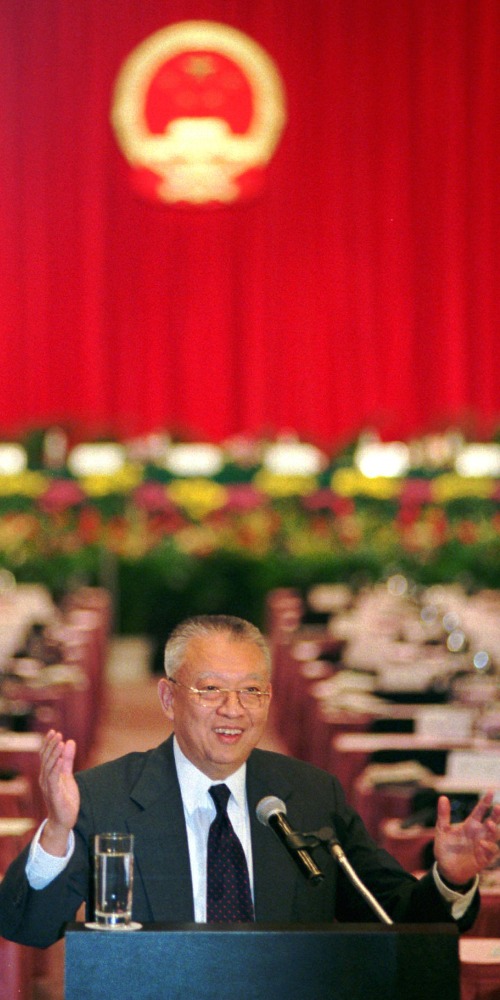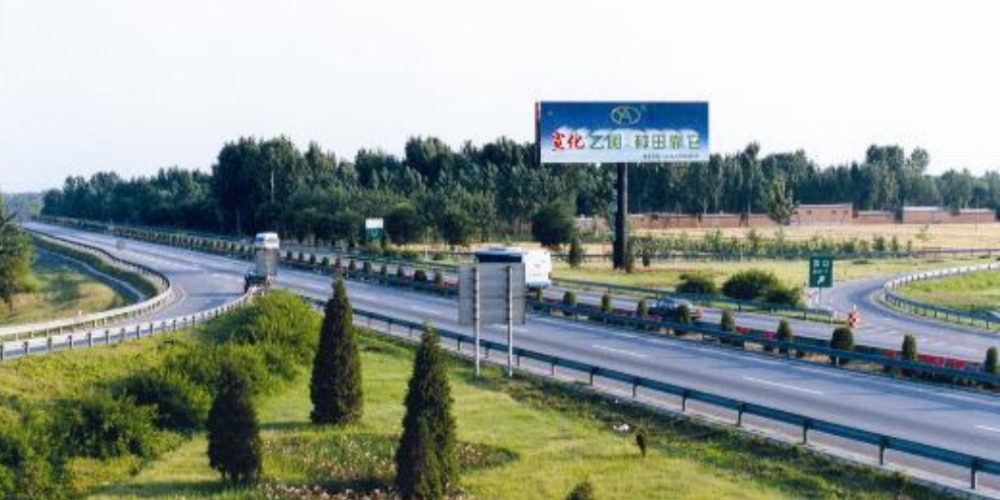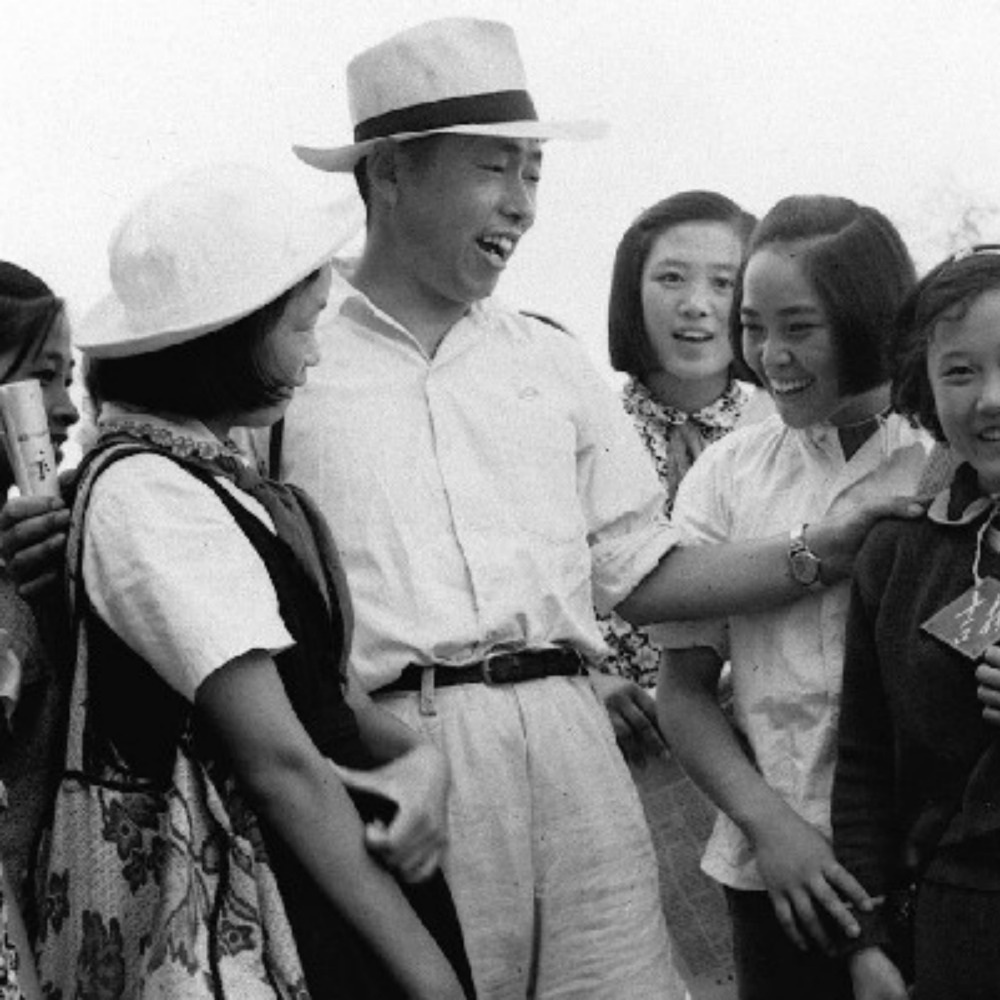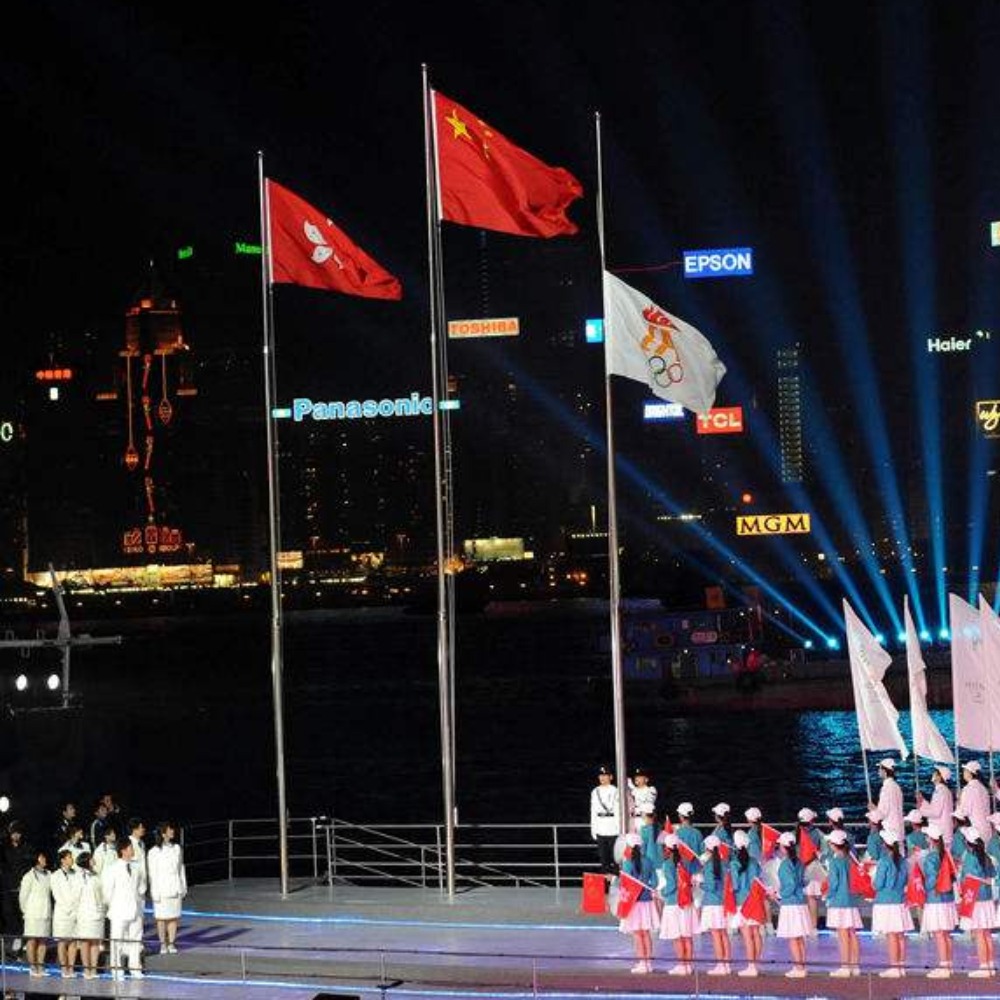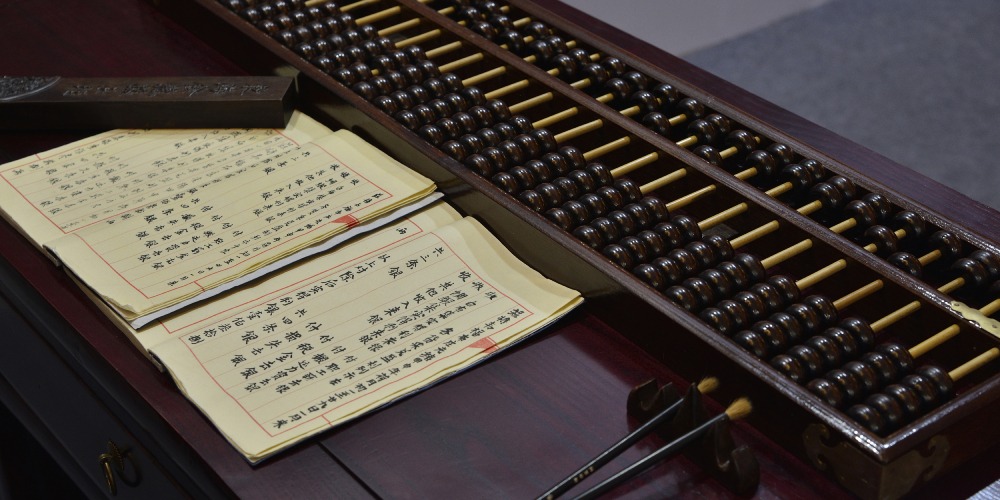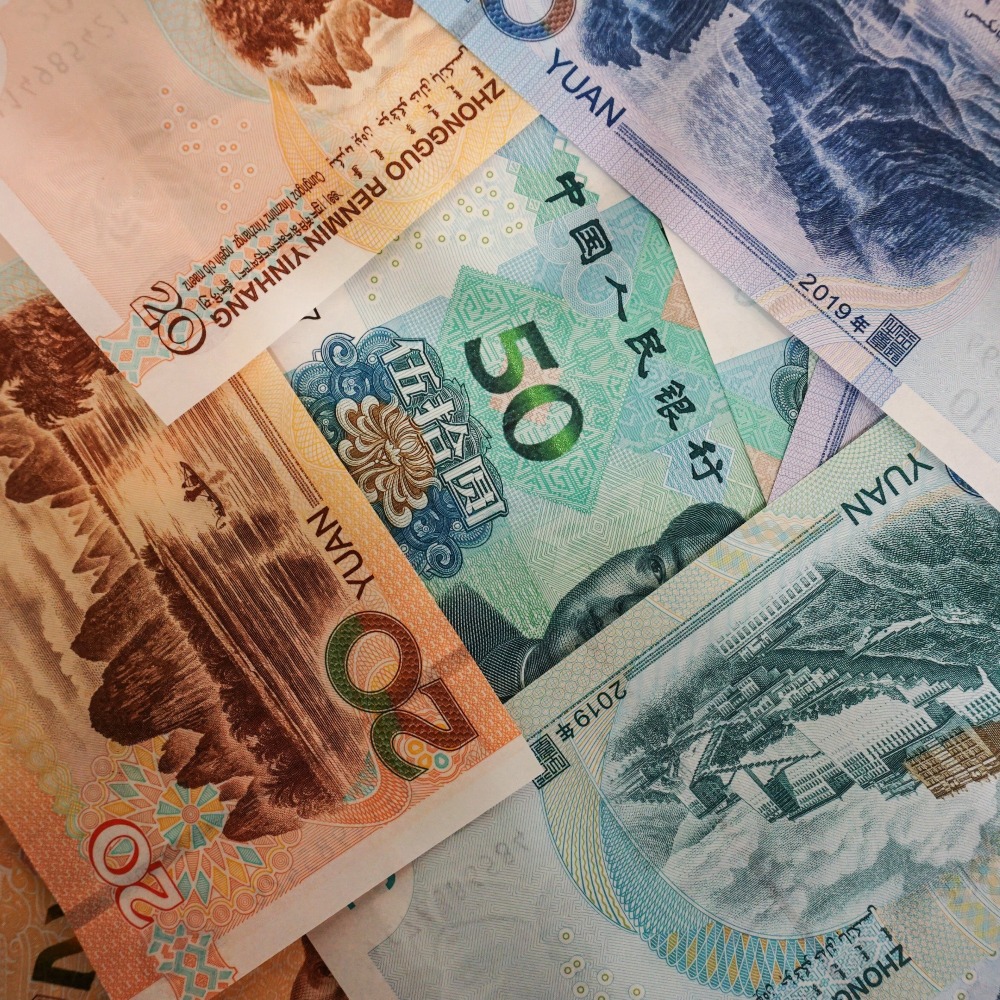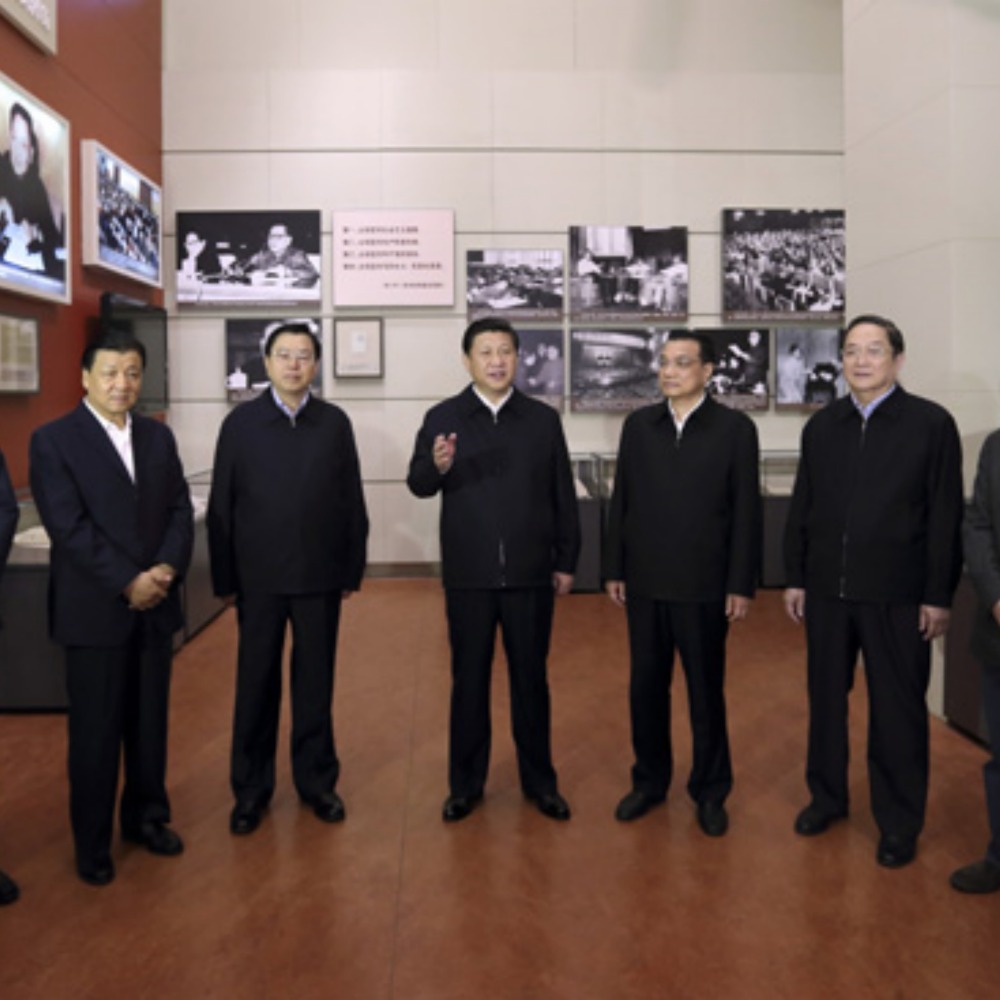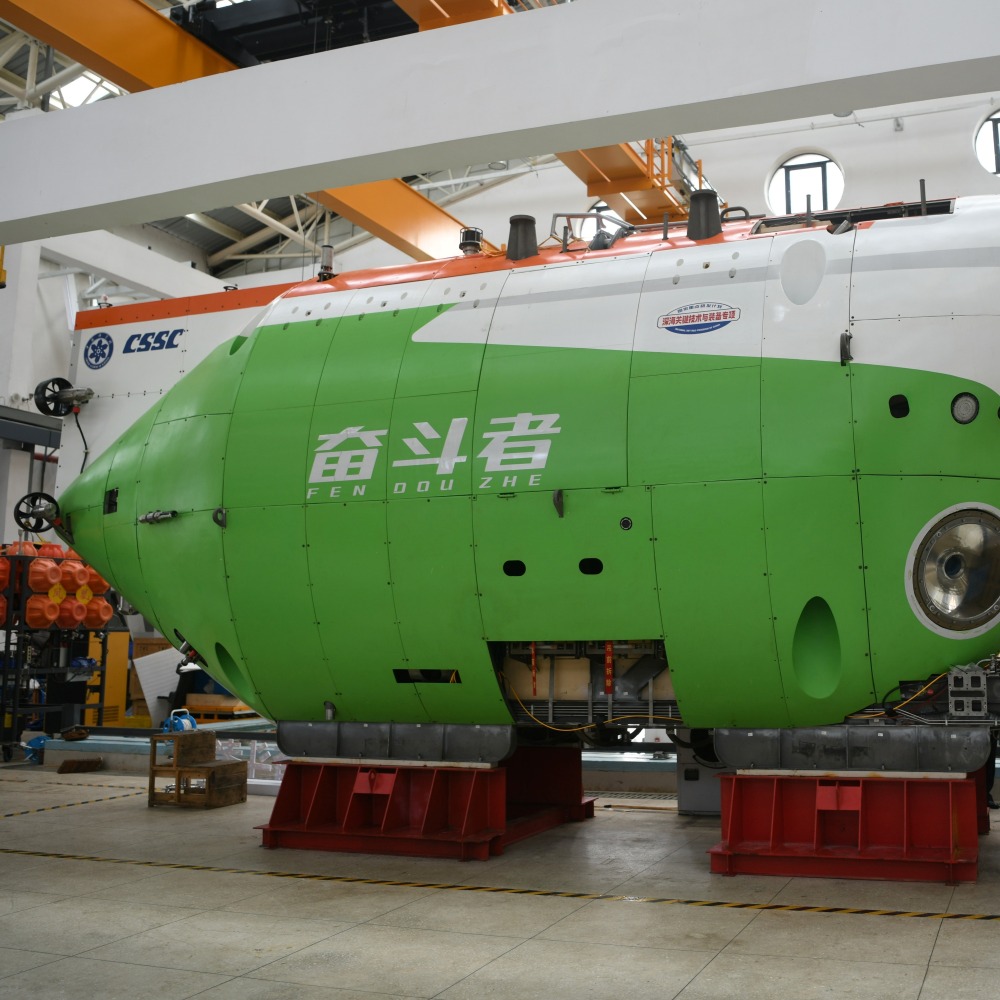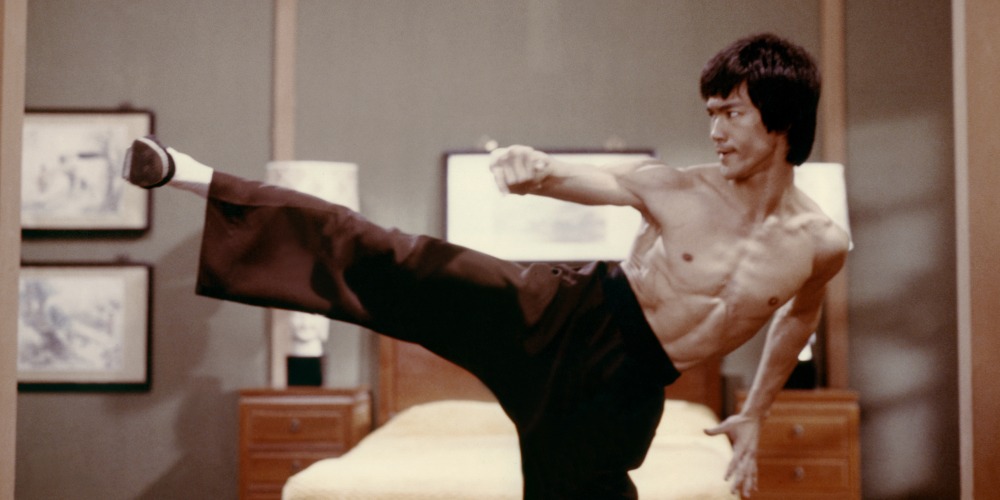Published : 2024-06-29
On June 29, 2003, the Mainland and Hong Kong signed the "Mainland and Hong Kong Closer Economic Partnership Arrangement" (內地與香港關於建立更緊密經貿關係的安排, CEPA).
Mainland China has always been an important export market for Hong Kong goods, accounting for about 30% of the total value in 2002, exceeding HK$40 billion.
However, before CEPA, exports from Hong Kong to Mainland China, like other regions, required payment of tariffs, ranging from 1.5% to 35%.
CEPA officially came into effect on January 1, 2004. All goods produced in Hong Kong that also comply with the CEPA rules of origin can enjoy zero tariffs when exporting to the Mainland.
The outbreak of Severe Acute Respiratory Syndrome (SARS) in 2003 impacted the entire Hong Kong society, with all industries severely hit.
At the same time, after industrialisation, Hong Kong's economy had entered the service era, with the manufacturing industry being largely moved to the Mainland.
The advent of CEPA was a way for the Mainland to assist Hong Kong in quickly rebuilding the economy after the epidemic, and also revitalised Hong Kong's manufacturing and service industries.
CEPA is not only the first free trade agreement of Mainland China, but also the first one of Hong Kong.
It brought vast business opportunities for Hong Kong's commerce and service industries, as well as promoting the long-term economic development of both places.
